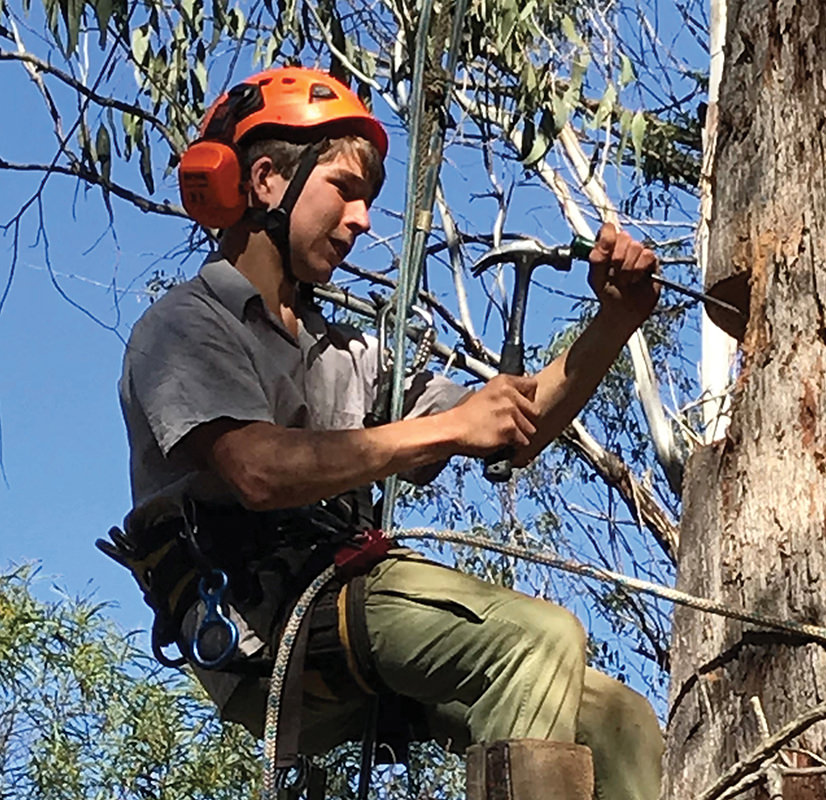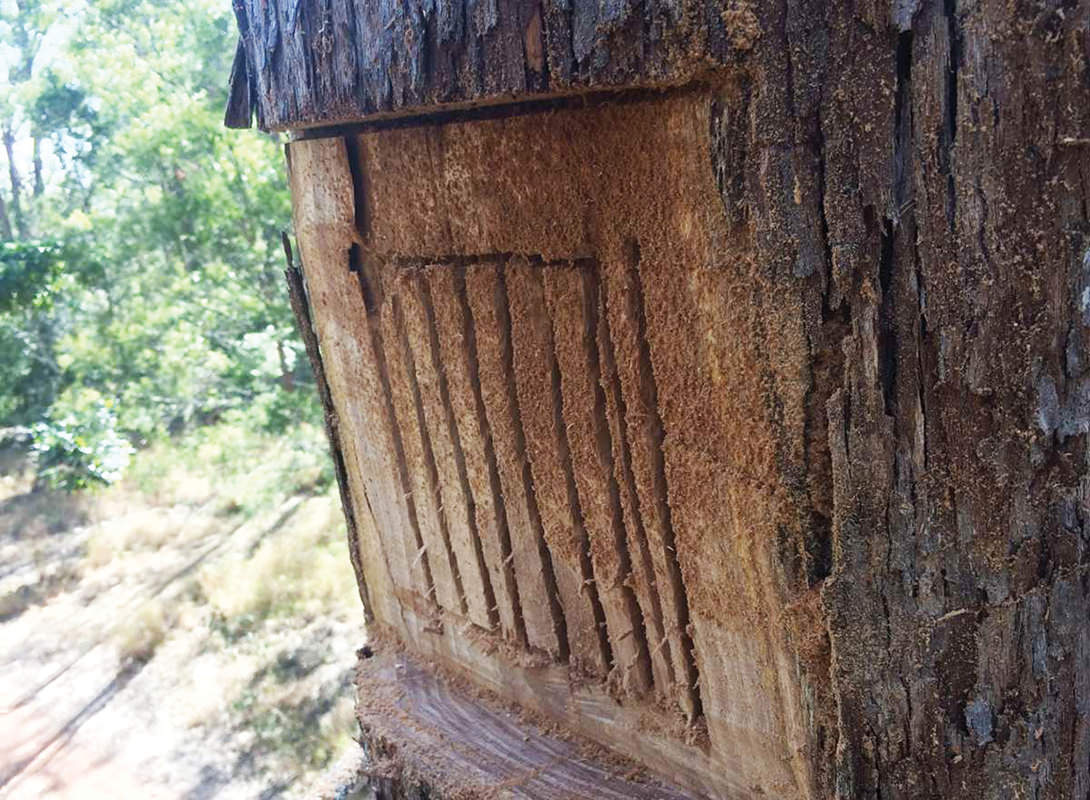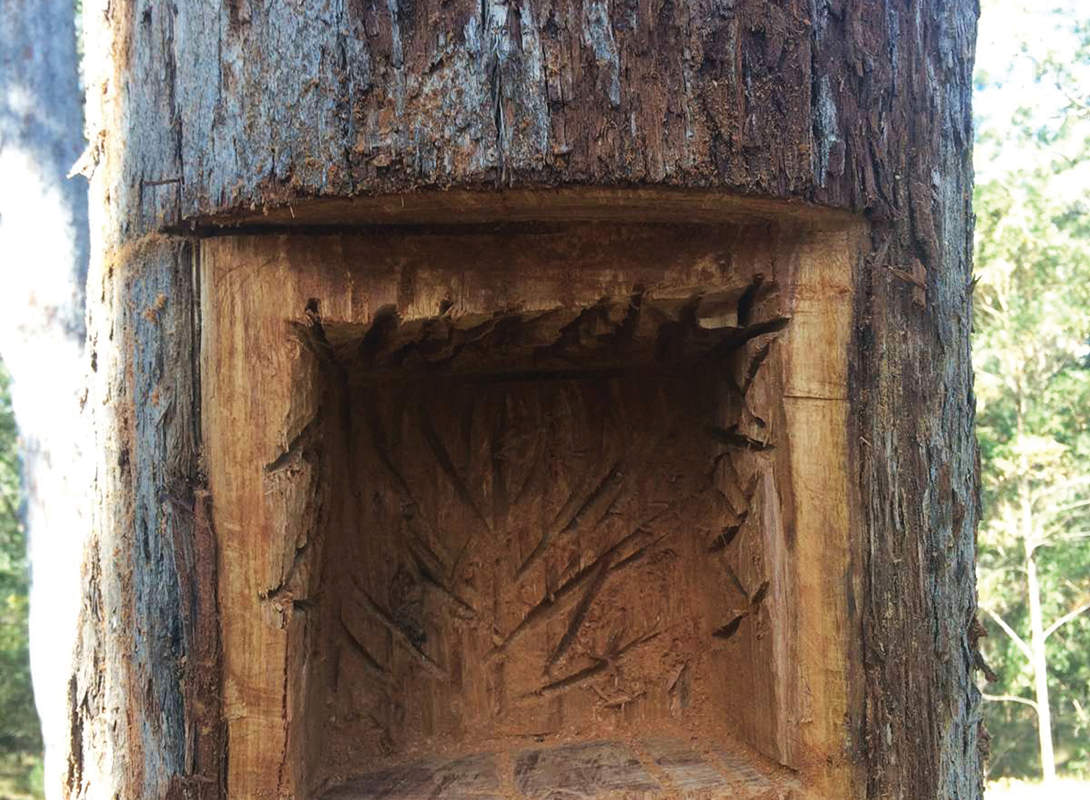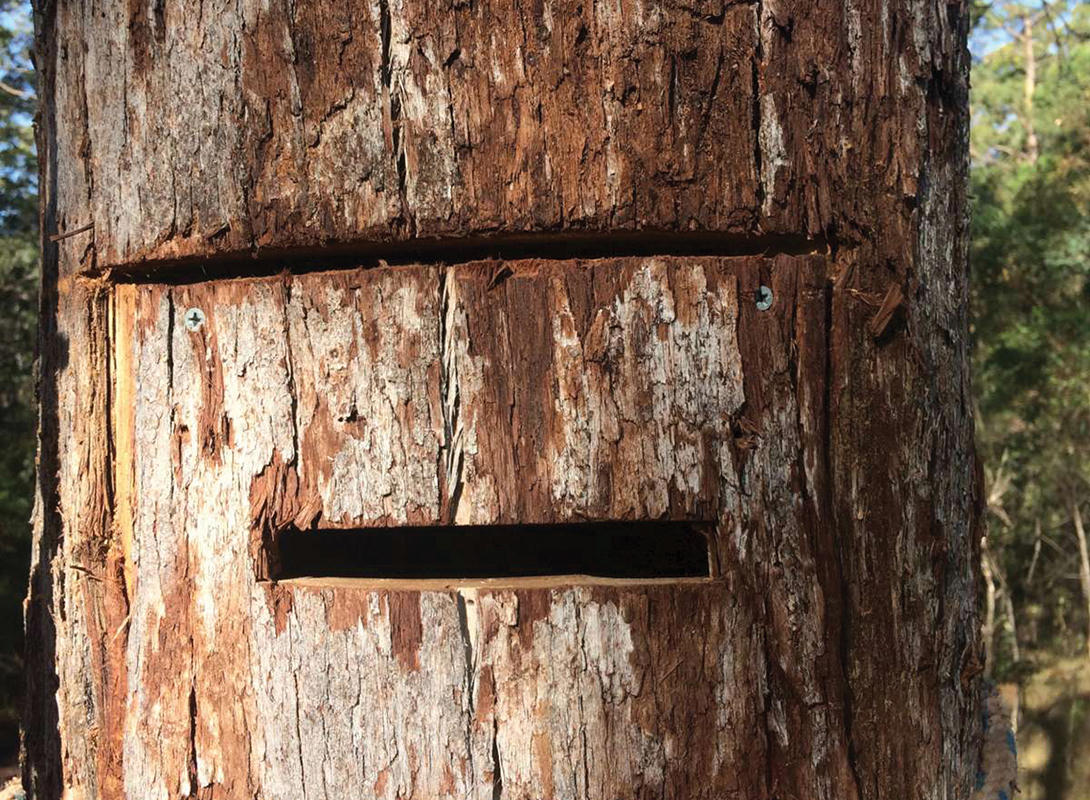Over many years, Land for Wildlife was delivered in the Toowoomba region by passionate officers from councils and the Queensland Murray Darling Committee. However, organisational restructuring and changes to funding resulted in cessation of the program. This has left the region’s 200 or so registered property owners without the benefit of Land for Wildlife’s sense of community and support for private land conservation. Property owners wanting to register with Land for Wildlife are unable to do so.
The Toowoomba region is a perfect match for Land for Wildlife. It includes national parks (eg Ravensbourne, Crows Nest and, the little known but extraordinary, The Palms), major lakes (Perseverance, Cressbrook and Cooby), state forests and other environmental landmarks (eg Table Top Mountain). The city has an expanding peri-urban fringe. The rural hamlets are increasingly surrounded by lifestyle blocks or used by organic farmers, artisan producers and eco-tourism operators.

However, like much of South East Queensland, the area is experiencing a range of natural resource management issues. Waterways and native flora and fauna are under pressure from weeds and feral animals, development, extended drought and temperature extremes. This summer’s bushfires burnt out tens of thousands of hectares across private land and reserves. Private landowners are crying out for practical advice of the type available through Land for Wildlife.
Friends of Land for Wildlife Toowoomba Region was born out of a small group of registered property owners discussing how much they miss hardcopies of this newsletter and their local program. Widespread support for reinvigorating the program was established through engagement with SQ Landscapes, former Land for Wildlife Officers, other local environmental groups and professionals. The group launched in early 2019.
The group’s first event was at a Land for Wildlife property in Perseverance and included a demonstration by local arborist, 15-year-old Ben Sparshott. Ben demonstrated carving hollows in trees trunks with a small chainsaw. Research has shown these types of artificial hollows are very temperature stable and readily used by native animals. Artificial hollows are much needed in the Toowoomba area as it was heavily logged and natural hollows take up to 100 years to form.
Friends of Land for Wildlife Toowoomba Region initially aims to recreate a sense of community amongst registered property owners and lobby for reestablishment of an active program in the area allowing additional property owners to register. It then proposes to support the program through information sharing, field days, workshops and other events.
The group has started a contact list of owners of properties registered or wanting to register for Land for Wildlife and other supporters of the program in the Toowoomba Regional Council area. You can add your name to the list on the group’s website. For updates on the group’s activities, follow its Facebook page. If you would like to volunteer or have any queries, you can contact the group by email.
www.friendsoflfwtoowoomba.org
www.facebook.com/friendsoflfwtoowoomba/
friendsoflfwtoowoomba@gmail.com
Margie Young and Peter Hayes
Secretary and Events Coordinator
Friends of Land for Wildlife Toowoomba




